Rules and methods for breeding begonias
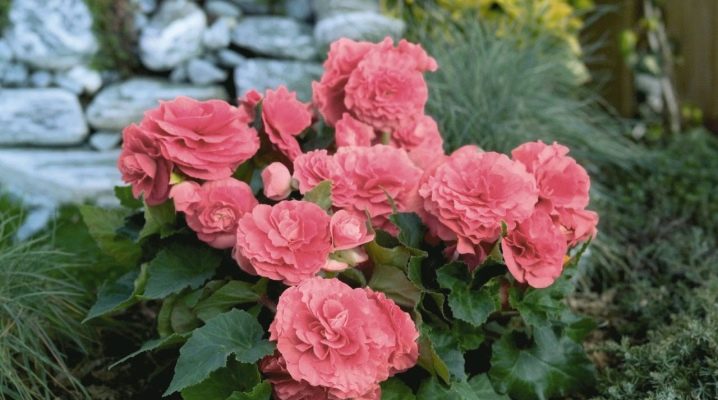
In nature, there are more than 1000 species of begonias. They grow in the humid forests of the Old World, forming a discontinuous range in Africa and South Asia. According to the degree of development of shoots, different species can be included in three ecological groups: grasses, shrubs and shrubs. Among begonias, there are both annual and perennial plants.
Peculiarities
The Portuguese began to import begonias to Europe in the 16th century, then the Dutch and the British joined this process. Begonia is good both flowering and as landscaping. A number of begonias have been bred, differing precisely in the shape and color of the leaves (from bright green to red and speckled). Not less variety and flowering begonias. The color, shape and size of flowers and inflorescences are amazing.
All begonias, like tropical plants, need abundant, but diffused light. They need regular, but at the same time moderate watering, and better with settled and by no means cold water. The soil requires light with a lot of peat and sand, but at the same time it is quite fertile with a neutral or slightly acidic reaction. In addition, begonia is not only a wonderful decoration for a room, but also an interesting breeding object.
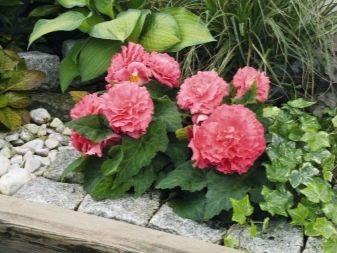
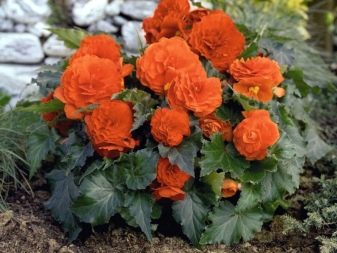
Reproduction methods
The huge variety of forms of this flower, apparently, is associated with the highest adaptive abilities of these plants. Begonia reproduces very easily at home. There are several effective ways to propagate and plant a plant. Needless to say, what happens to begonias in the ideal conditions for them in their native rainforest. This factor not only caused the diversity of species, but also made it possible to breed an incredible number of cultivars that differ in a number of characteristics related to leaves and flowers. For breeding new varieties, seed propagation is used. Breeding and consolidation of traits occurs due to the broadest possibilities of vegetative reproduction.
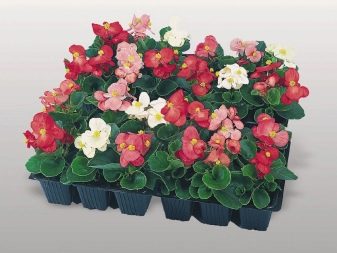
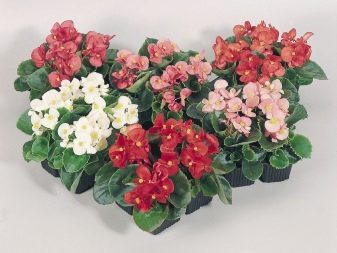
Cuttings
Cutting is the easiest and most reliable way to get new plants of bush begonias. Cuttings are carried out in early spring. To do this, choose absolutely healthy shoots and cut off their upper part about 10 cm long, so that there are 2-3 knots in the shoot. The lower (old) leaves must be removed. After drying the slices (about 10 hours), the cuttings are placed in a loose lightweight soil based on peat.
They must be rooted at a temperature not lower than + 20 ° C, under normal lighting, they do not need to be removed in the shade, but you should not rearrange it where there is more light, or equip a special lighting. All these operations will not speed up the process at all, on the contrary, they will cause unnecessary stress. To make rooting faster, the cutting can be covered with a transparent cap (a plastic glass or a piece of a plastic bottle) so that its walls do not come into contact with the sprouting cutting, which will create a special microclimate with high humidity. During the day, the cap must be removed for ventilation. After the roots appear, the plant must be transplanted into a container where it will be permanently.
A good result can be obtained by rooting the cutting in water. A prepared stalk without lower leaves is placed in a transparent container with water (for example, in a plastic cup) with its lower part.When the roots grow 1–2 cm, the cutting can be placed in the ground.
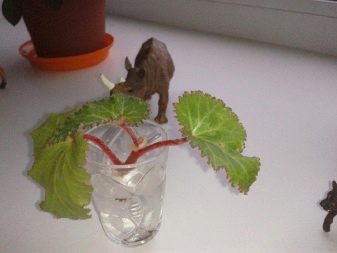

Tubers
Tuber is a special form of underground shoot, one of the most important functions of which is the accumulation of nutrients. Begonia can reproduce quite well with the help of tubers, because buds have already been formed in them, which means there are growth points. A seedling, which is formed from a tuber bud, always has a supply of the necessary energy, accumulated by the plant special for such a case. The tuber can be divided into several parts. It is important to divide it so that each of the resulting parts has at least one kidney.
The tuber or part of it is placed vertically in a moistened soil that has retained its structure, followed by their rooting. The sprout will not only take root, but also form a shoot with leaves. When this happens, the seedling, together with the tuber, must be transplanted into a prepared container with soil. To accelerate germination and rooting, the tuber is covered with a transparent cap, like a cutting.
Important: only sufficiently mature, sometimes even the so-called old plants (at least 3 years old), with well-developed organs and ready for transplantation into a larger pot, can be propagated with the help of tubers.
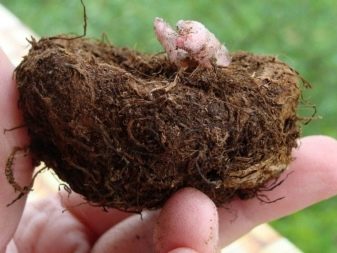

By dividing the bush
Sometimes overgrown begonia can be divided into two or even three plants. The main thing is to try to divide the roots as carefully as possible. To do this, before the operation, the plant must be watered abundantly, so it is easier to remove it from the soil. Next, you can rinse it under a gentle stream of warm running water. Having carefully studied the plant, use a sharp knife to divide the shoots so that each part has all the necessary organs (stems, leaves and roots).
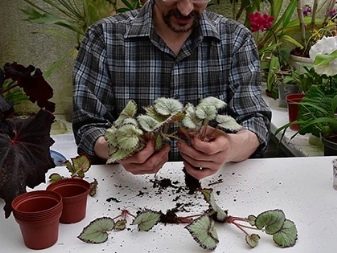

Layers
Some begonias develop long shoots. Such a shoot can take root and give rise to a new plant. For seating, it is better to cut a long healthy shoot (at least 20 cm). Free the lower part from leaves and place in water.
There is also a more efficient way. The selected shoot is not cut off from the plant, but cuts are made at its end free from leaves. Then it is placed in moistened moss, which is also wrapped in dark polyethylene. The package must be tight and not let in air, otherwise the moss will dry out quickly. You can use scotch tape to seal. After about three weeks, roots are formed, to be sure of this, you need to unfold the polyethylene and moss. If there are roots, you can cut off the shoot and plant it in the ground.

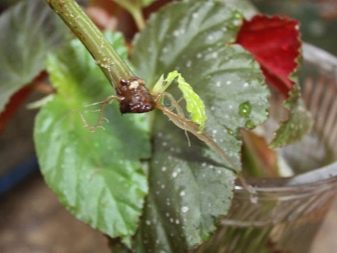
Seeds
Seed propagation is a natural process for any flowering plant. But it is very difficult to create conditions favorable for the development of seeds. Begonia reproduces well in a vegetative way, which is much easier to achieve in indoor conditions. The propagation of begonias by seeds can occur only when the conditions are as close as possible to those that are characteristic of its natural habitat. And it is not always possible to create them.
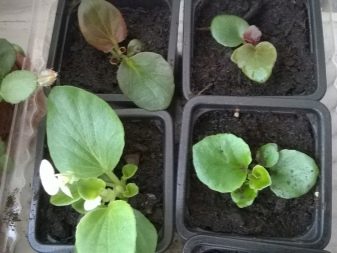
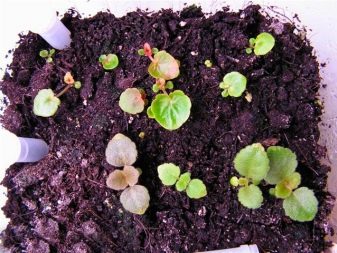
Due to the highest adaptability, the plant will grow and even bloom in conditions that are very far from ideal., but getting germinating seeds is already aerobatics. Although some growers manage to do this regularly. Planting seeds is best done in winter. The seeds are placed in soil prepared from sand, peat and garden soil. After sowing, it is necessary to create certain conditions: low temperature with high humidity (waterlogging is unacceptable) and bright lighting.
It is better to organize bottom watering through the drainage holes of the planting tanks. The water in the pan must be constant, and its level can reach the middle of the seedling pot. Above, you need to create a transparent plastic wrap cover. After emergence, the film must be removed.The sprouts need light, so it is better to place containers with them on the windowsill, but so that there is no temperature difference (for example, a frequently opened window).
As the plants grow, they must be transplanted into a pot for their permanent residence. This must be done very carefully so as not to damage the root system. To ensure active growth, nitrogen fertilizers can be applied to the prepared soil, and it is also necessary to provide a constant high temperature and lighting. In order for the plant to bloom, in the case of its cultivation from seeds, it will take a long time, sometimes more than 1 year.
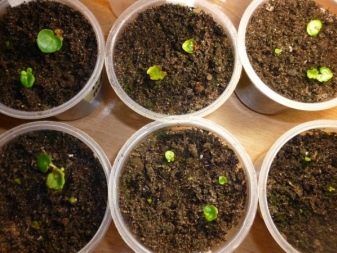
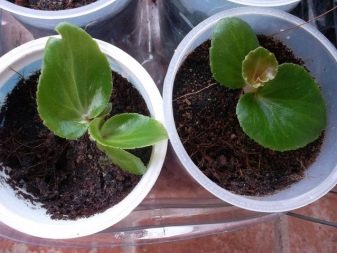
Sheet
An excellent result can be obtained using even a begonia leaf (or a fragment thereof) as planting material. This method is especially effective for plants with creeping stems or for those with a shortened stem, so it is impossible to separate the cutting from it. Of course, for such a procedure, it is necessary to carefully select only an absolutely healthy leaf. You can cut off the edges of the prepared sheet, since decay can begin from them. A whole or split sheet is laid on a prepared substrate of sand and peat. To create a warm and humid microclimate, leaf cuttings are covered with a film or a cap from a plastic bottle. The planting material must be regularly ventilated, especially after the emergence of sprouts (after about 2 weeks).
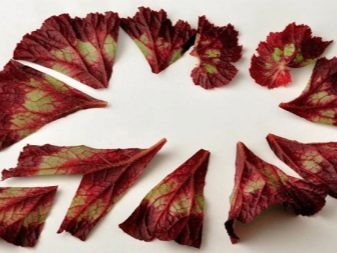
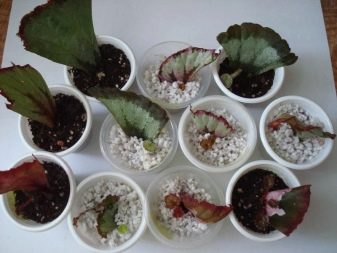
Preparation and landing
Rooting a begonia shoot, as seen from the above breeding methods, is quite simple. Rooting can occur in water or wet soil. Growing pruning is also not a difficult undertaking. First, it is necessary to prepare seedling containers and think over the creation of a microclimate for developing seedlings. A properly regulated watering and lighting regime, as well as an optimal temperature, will allow even a beginner to get new begonia plants.

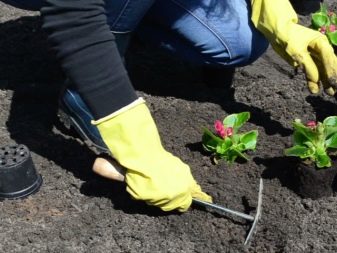
Follow-up care rules
Whichever way the seedling is obtained, leaving it requires compliance with the following rules:
- the growth point should always be above the surface of the substrate;
- after any transplant, the plant should be shaded (for at least 2 days) to reduce the effect of stress, it should be exposed to light only after making sure that the plant is doing well;
- with any transplant, you always need to remember about drainage;
- the root system of begonias spreads shallowly, therefore, for its constant growth, it is better to select a wide pot;
- the plant should receive moderate but regular watering, it is better to add water to the pan;
- begonias need bright but diffused light;
- The best growth and development of begonias occurs at an air temperature of about + 20 ° C.
For more information on the intricacies of begonia breeding, see the next video.































The comment was sent successfully.